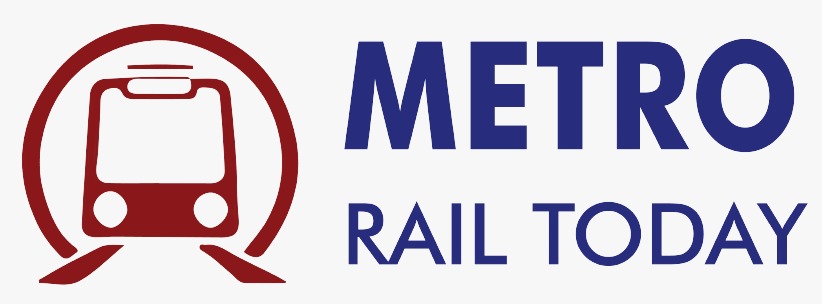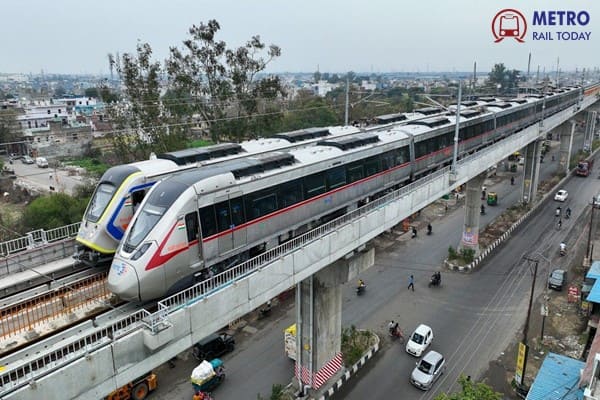 Union Minister Manohar Lal unveils vision for Integrated Urban Transport at UMI 2025 in Gurugram
Union Minister Manohar Lal unveils vision for Integrated Urban Transport at UMI 2025 in Gurugram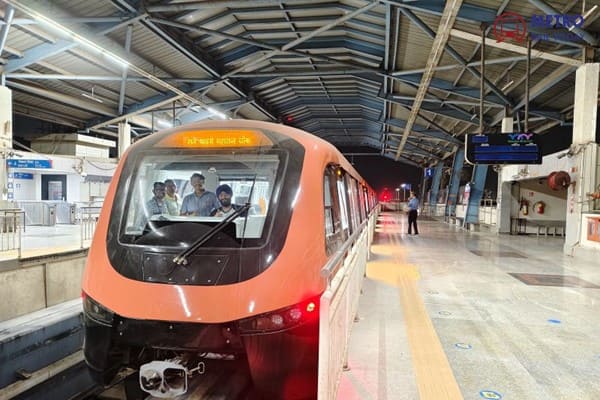 Fifth Mumbai Monorail incident in 3 months raises safety concerns amid CBTC upgrade trials
Fifth Mumbai Monorail incident in 3 months raises safety concerns amid CBTC upgrade trials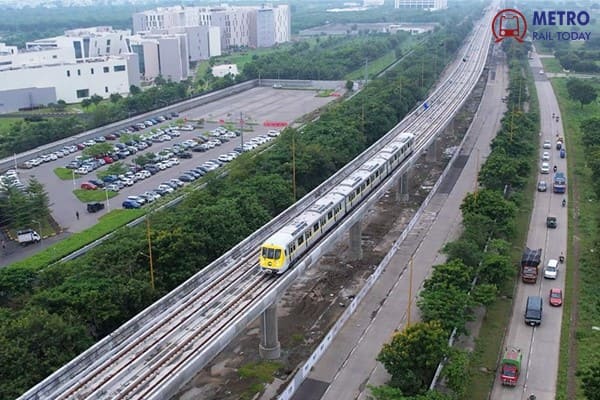 Indore Metro gets approval for major Underground Route Realignment after Public protests
Indore Metro gets approval for major Underground Route Realignment after Public protests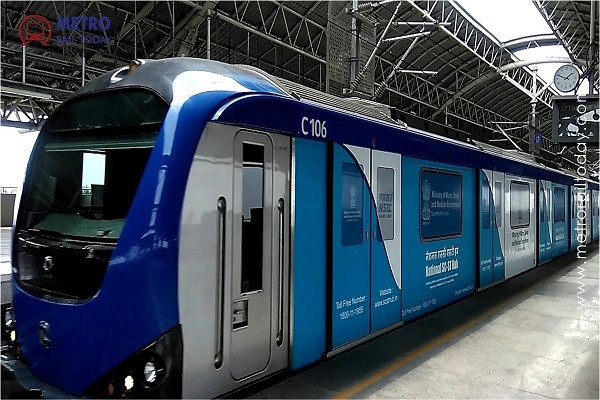 Bridge & Roof Company bags ₹268.7 Crore Civil Contract for Chennai Metro Phase 2
Bridge & Roof Company bags ₹268.7 Crore Civil Contract for Chennai Metro Phase 2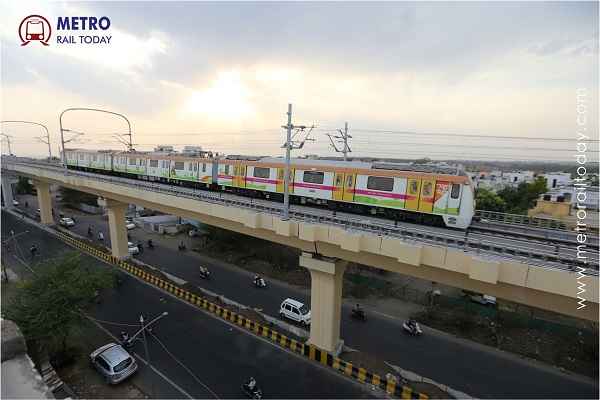 Global tender floated for supply of Rolling Stock for Nagpur Metro Phase 2 Project
Global tender floated for supply of Rolling Stock for Nagpur Metro Phase 2 Project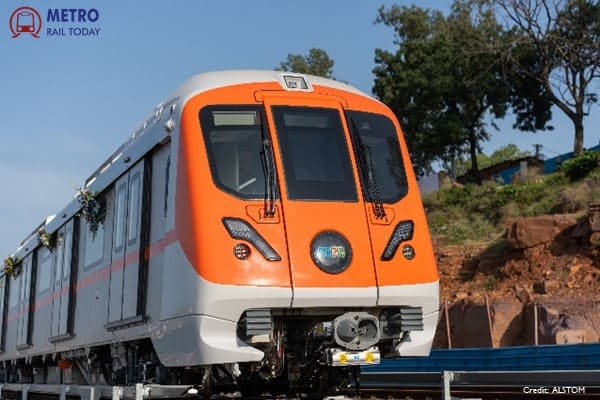 Bhopal Metro launch delayed as CMRS Inspection awaits New Appointment
Bhopal Metro launch delayed as CMRS Inspection awaits New Appointment New Mumbai Monorail Rake by Medha Servo Drives damaged during System Test
New Mumbai Monorail Rake by Medha Servo Drives damaged during System Test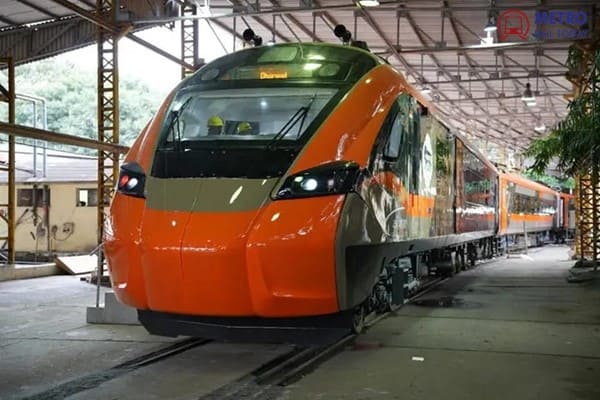 Launch of Vande Bharat Sleeper Trains delayed as Railways flags furnishing and safety concerns
Launch of Vande Bharat Sleeper Trains delayed as Railways flags furnishing and safety concerns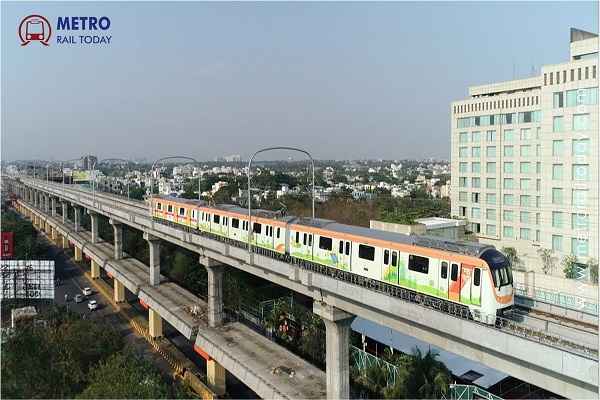 Three firms bid for Automatic Fare Collection System Contract for Nagpur Metro Phase 2
Three firms bid for Automatic Fare Collection System Contract for Nagpur Metro Phase 2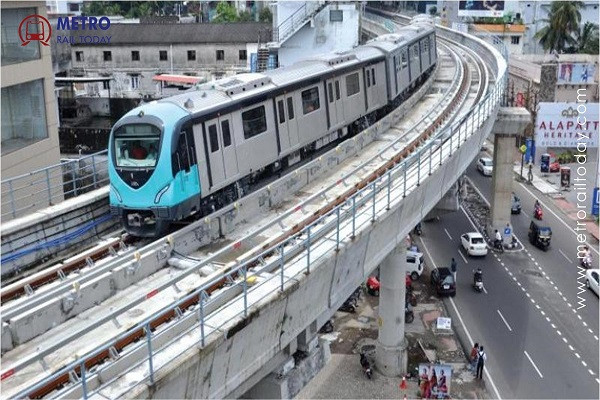 Three Firms shortlisted for Third Rail Electrification Contract of Kochi Metro Phase 2
Three Firms shortlisted for Third Rail Electrification Contract of Kochi Metro Phase 2
India Emerges as the World’s 3rd Largest Metro Rail Network
A Decade of Unstoppable Urban Mobility in India
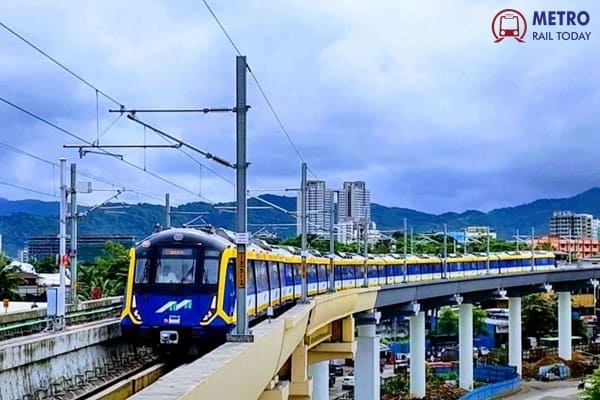
India’s urban transport landscape has undergone a dramatic transformation over the past decade. From operating just five metro systems in 2014, the nation has now climbed to the third position globally in total operational metro rail length, surpassing the 1,000 km milestone as of October 2025, according to Spherica Insights.
This remarkable feat is not just a tale of infrastructure growth—it reflects a visionary approach to sustainable urbanization, backed by strong policy reforms, massive investments, and technology-driven efficiency. With 18 operational systems serving 17 major cities, India’s metro journey has become a global case study in rapid, inclusive, and resilient public transport expansion.
Rapid Network Expansion: From 248 km to Over 1,000 km in a Decade
One of the most compelling aspects of India’s metro story is the pace of its expansion. In 2014, only 248 km of metro rail operated across five cities. Fast forward to 2025, India boasts 1,035.74 km of operational metro tracks—a nearly fourfold increase in just ten years.
Leading this transformation is the Delhi Metro, now spanning 395 km, followed by Bengaluru’s Namma Metro (96.10 km) and the Mumbai Metro (80.43 km).
What’s even more remarkable is the construction pipeline:
-
779 km of metro corridors are currently under construction,
-
637 km have been approved, and
-
1,083 km are proposed or in advanced planning stages.
By 2030, India is projected to surpass 2,000 km of operational metro length, further solidifying its place among the world’s top three metro rail nations.
Massive Investment and Policy Support
India’s success in metro rail expansion is powered by progressive policy reforms and massive capital infusion. The landmark Metro Rail Policy of 2017 was a turning point—it streamlined approval processes, promoted financial viability, and encouraged Public-Private Partnerships (PPPs) to attract private investment.
Budgetary support has also seen an exponential rise. The Union Budget 2025–26 allocated ₹34,807 crore for metro and urban transport projects—up from just ₹5,798 crore in 2013–14, representing a sixfold increase. In total, India’s cumulative metro investment has surpassed ₹5 lakh crore, with 50 cities now on the roadmap for metro development.
This massive financial backing reflects the central government’s commitment to decarbonize urban transport, create jobs, and enhance ease of living for urban populations.
Soaring Ridership and Operational Excellence
Indian metro systems have evolved into indispensable lifelines for millions. As of 2025, India’s combined annual ridership exceeds 3.65 billion passengers, translating to roughly 10 million daily commuters across operational networks.
The Delhi Metro alone serves 4.63 million passengers daily, setting global benchmarks in punctuality, safety, and energy efficiency. Impressively, Indian metro systems operate with an on-time performance rate above 99%, and their energy-efficient designs contribute significantly to lowering carbon footprints in dense urban centers.
The rollout of the National Common Mobility Card (NCMC)—a unified, contactless payment solution—has revolutionized passenger convenience by enabling seamless travel across metros, buses, and other urban transport systems.
Technological Leap: From Driverless Trains to High-Speed Corridors
Technology and innovation lie at the heart of India’s metro modernization. Several corridors, such as the Delhi Metro’s Magenta and Pink Lines, now feature driverless train operations (DTO)—a first for South Asia. These trains are equipped with advanced signaling systems (CBTC) that allow higher frequencies and improved safety.
Another breakthrough initiative is the Regional Rapid Transit System (RRTS), designed to bridge urban and suburban boundaries. The Delhi–Meerut RRTS corridor—82 km long and designed for speeds of 160 km/h—is set to be fully operational by late 2025. Once completed, it will cut travel time between Delhi and Meerut to less than an hour, transforming daily commutes across the National Capital Region.
Additionally, cities are optimizing efficiency by introducing three-coach trains (as seen on Delhi’s Lajpat Nagar–Saket stretch) to match passenger volumes dynamically and manage operational costs.
City-specific Achievements Shaping India’s Metro Ecosystem
Each metro system contributes uniquely to India’s national mobility framework, showcasing diverse engineering and planning models:
Delhi NCR: The 65 km Phase 4 expansion is nearing completion, integrating with the upcoming RRTS corridors for seamless regional connectivity.
Mumbai: The Aqua Line 3, India’s first fully underground metro corridor, is now operational as of October 2025, offering fast, uninterrupted travel from Cuffe Parade to SEEPZ.
Bengaluru: The Yellow Line, inaugurated in August 2025, has boosted connectivity to the city’s IT corridor. The forthcoming Phase 3 airport link (2026) is expected to serve nearly 250,000 daily passengers.
Kolkata: India’s oldest metro system achieved a historic feat with the Green Line’s underwater tunnel under the Hooghly River—a first in India—and the expansion of the Yellow Line in 2025.
Emerging Cities: Tier-2 cities are rapidly catching up. Kanpur Metro’s tunneling was completed in record time, while Indore (31 km) and Patna (33 km) began commercial operations of Phase 1 corridors in 2025, highlighting India’s decentralized and inclusive approach to urban transit.
Indigenous Capability and Faster Project Delivery
India’s metro industry has evolved from dependency on imported technology to self-reliance under the ‘Make in India’ initiative. Domestic firms now manufacture rolling stock, signaling systems, and other key components. Notable examples include Titagarh Rail Systems, BEML, and Alstom India, which together supply more than 70% of India’s metro rolling stock.
Meanwhile, project delivery times have improved ninefold in the past decade. New digital monitoring systems, modular construction techniques, and efficient tendering have drastically reduced delays. Cities like Nagpur, Lucknow, and Kanpur are demonstrating world-class execution standards while adhering to sustainability norms.
India’s Global Standing in Metro Infrastructure
India’s rise to third place in global metro rail infrastructure is a reflection of its unwavering commitment to sustainable urban transport. The table below highlights where India stands among the world’s leading metro nations as of October 2025.
| Rank | Country | Total Operational Metro Length (km) | Annual Ridership (Billion) | Key Cities/Networks | Notable Features |
|---|---|---|---|---|---|
| 1 | China | 10,000+ | 25.0 | Shanghai, Beijing, Shenzhen | World’s largest and fastest-expanding metro systems |
| 2 | Japan | 1,450+ | 9.8 | Tokyo, Osaka, Yokohama | Among the oldest, with world-leading punctuality |
| 3 | India | 1,000+ | 3.65 | Delhi, Mumbai, Bengaluru, Kolkata | Fastest-growing metro network globally |
| 4 | South Korea | 950+ | 2.7 | Seoul, Busan | Integrated with regional and suburban rail |
| 5 | Spain | 830+ | 1.6 | Madrid, Barcelona | High-density underground network |
| 6 | France | 750+ | 1.8 | Paris, Lyon | Extensive automation and driverless systems |
| 7 | USA | 720+ | 2.0 | New York, Washington DC | Major upgrades ongoing for speed and capacity |
Source: Metro Rail Today Research (2025)
The Road Ahead: Towards 2,000 km and Beyond
Looking ahead, India’s metro ambitions are aligned with its National Urban Transport Policy and Viksit Bharat 2047 vision. The target is to operationalize metro systems in over 30 cities by 2030, complemented by light rail, metro-lite, and metro neo projects in smaller urban centers.
Upcoming metro projects in Surat, Varanasi, Jammu, Agra, and Coimbatore highlight this shift toward tiered mobility solutions that match city sizes and commuter needs. Combined with electric bus fleets, RRTS lines, and integrated ticketing systems, India is steadily building one of the most diverse multimodal transit ecosystems in the world.
Conclusion: India’s Metro Revolution as a Global Benchmark
India’s journey from 248 km of metro rail in 2014 to over 1,000 km in 2025 symbolizes the nation’s determination to modernize its cities and improve quality of life for millions. The growth of metro systems is more than a transport success—it is a catalyst for urban regeneration, climate resilience, and economic inclusion.
With continued focus on innovation, indigenous manufacturing, and passenger-centric planning, India’s metros are poised not only to double in size but to set global standards for sustainable urban mobility.
